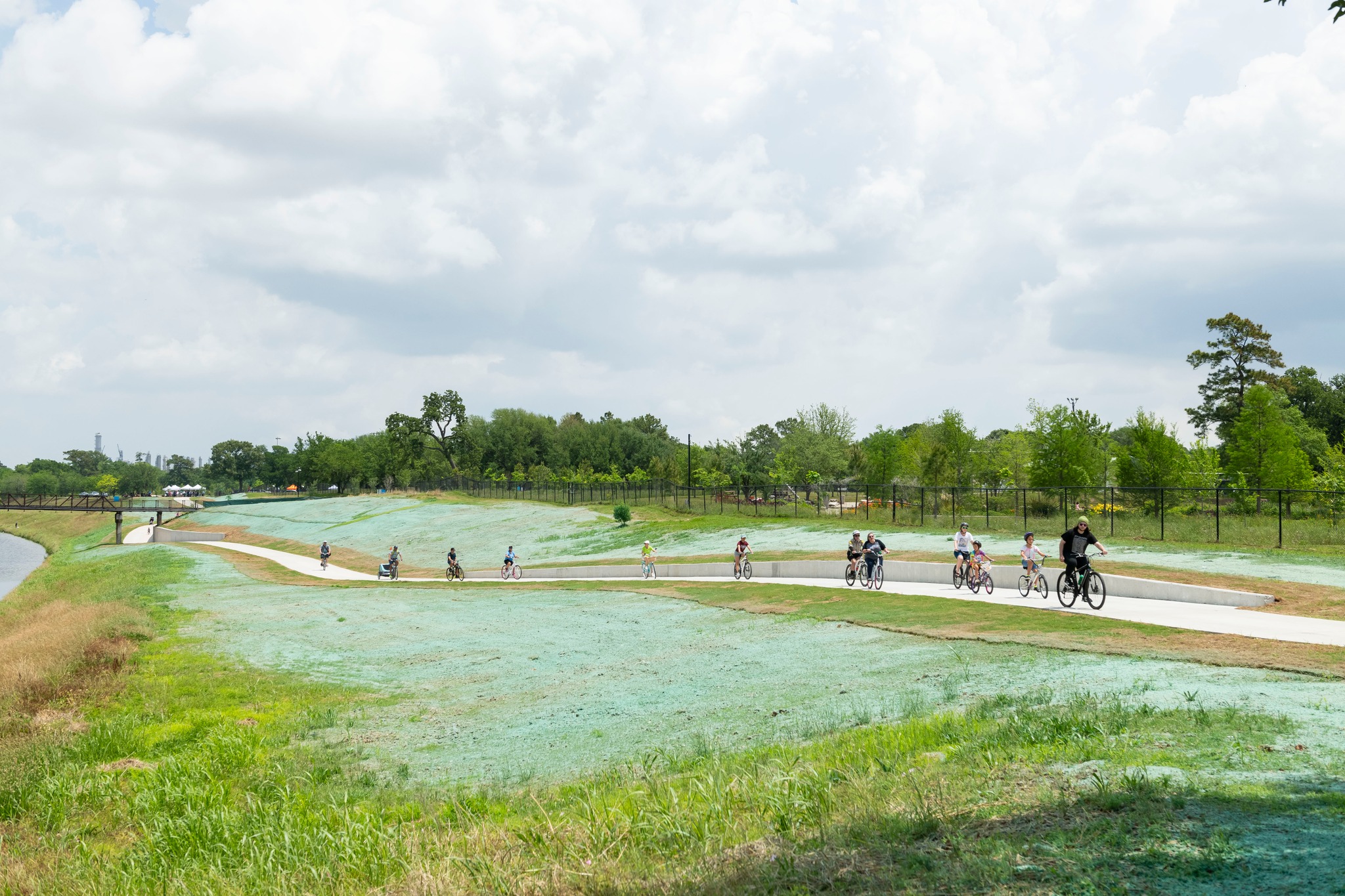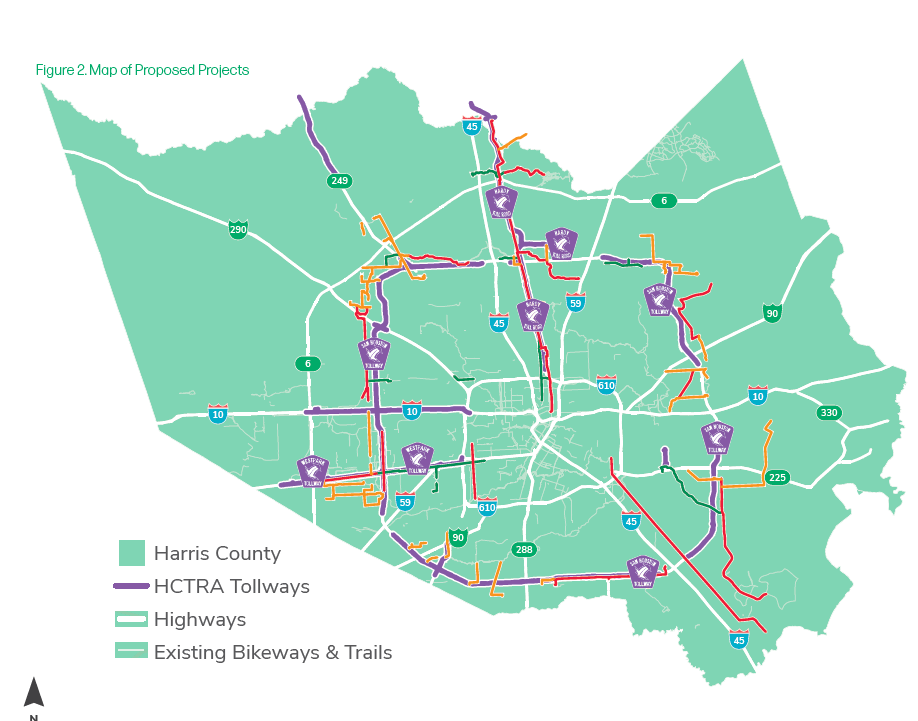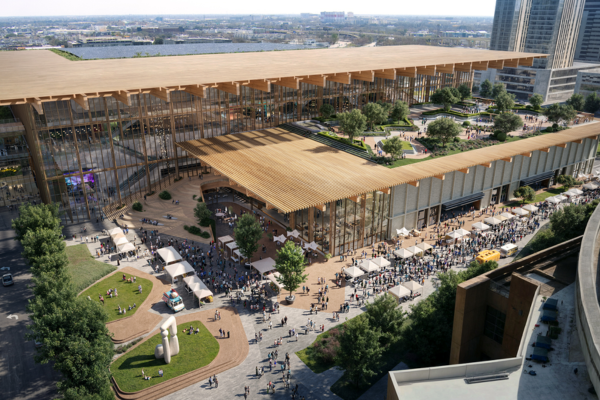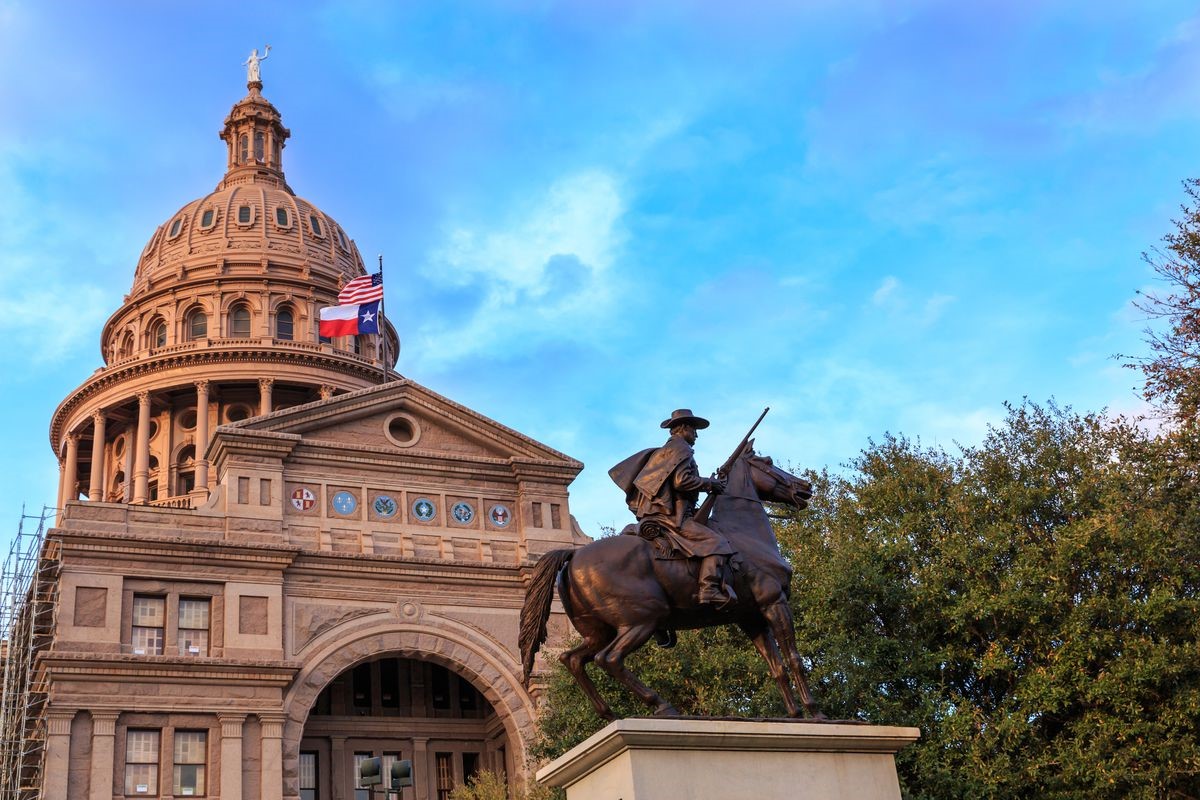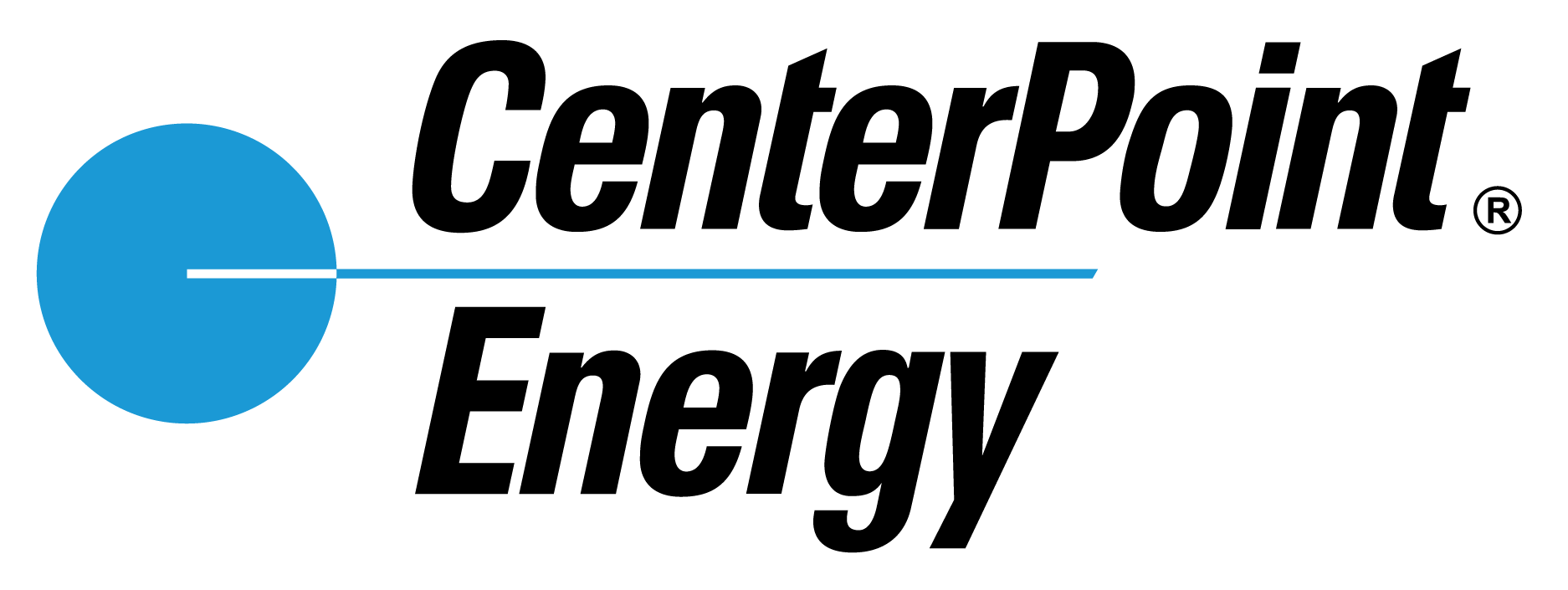Harris County Toll Road Authority's New Plan to Create Additional Trailways
Published May 26, 2022 by Brina Morales
A new plan designed to increase access to green space, improve air quality and increase transportation options in Harris County is moving forward.
The Harris County Commissioners Court recently approved an initial $53 million for Harris County Toll Road Authority’s “Tollways to Trailways” plan. It includes 236 miles of active transportation projects with the goal of increasing access to trailways, bikeways, parks, transit hubs, schools and communities.
According to HCTRA’s planning document, the agency has identified 22 “quick win” projects, projects with less hurdles and higher community benefits, with an estimated cost of $131 million. Projects include adding a west extension from Mercer Botanic Gardens to Lents Family Park to the Cypress Creek Greenway and a trail along Space Center Boulevard from Middlebrook Drive to the Battleground Golf Course in Deer Park.
The initial funding approved will go toward design and implementation of some of the quick win projects and portions of the Houston to Galveston Trail project within Harris County limits. The Houston to Galveston Trail is focused on creating a safe connection between Emancipation Park and Mason Park.
There are an additional 41 projects with an estimated cost of $470 million. The HCTRA says collaboration, partnerships and public input will be required for the plan to be successful.
The additional trailways will only add to the region’s expansive trail and bikeway system. In a Facebook post reacting to a Houston Chronicle editorial, Precinct 1 Commissioner Rodney Ellis praised the project writing, “I think the Tollways to Trailways project is a game-changer. Harris County can be a leader in delivering transformative transportation solutions for our residents.”
Learn more about living in Houston and transportation infrastructure across the region.
 The Houston Report
The Houston Report